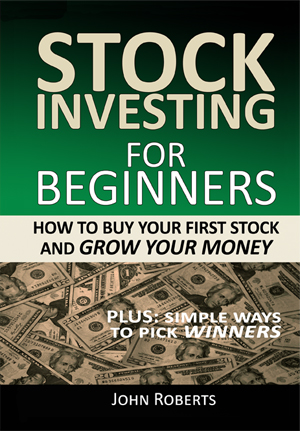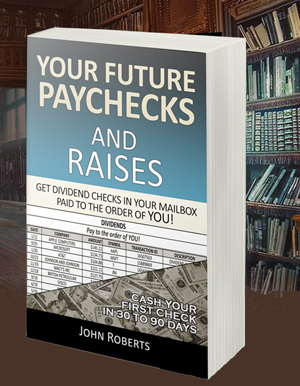How Do I Know What Stocks To Buy?
Remember that when you invest in a stock, you are buying a business. You are becoming a business owner.
No smart business person would buy a business without doing some serious research first.
They would want to know what the sales were, if the sales were increasing every year, how much profit those sales were creating, if profits were increasing every year, if the company was badly in debt, and many other things.
You need to know this too before you buy a stock.
Don’t get discouraged about all this research because there is an easy way to get this done for you. Let someone else do it. This is what I do.
I don’t have hours per week to spend researching the companies I want to invest in, so I get the advice of people who do this for a living.
There are two ways to get this advice. One way is free and one way you have to pay for. I use the paid way, but I list a couple of free sources later in this chapter.
Before you immediately rule out paying for advice, here are a couple of things to consider. One is that you would be surprised at the low price of some great quality investment newsletters and what a terrific value they are for the money. I typically buy newsletters that cost $89 per year, and often they are on sale for $39 per year if you catch their specials. That’s about eight lattes per year at Starbucks, and these newsletters can make you some of the other kind of bucks.
Remember, I was a financial consultant and a New York Stock Exchange licensed broker. I could do some of this research myself. And I had all kinds of free company research available to me. And I still bought these newsletters.
In my opinion, they are that good and worth every penny.
So I take the easy road and buy specific newsletters. I make ALL of my investments based on their recommendations.
The second consideration is that free advice is often worth what you pay for it. Your money is at stake here so this may not be the time to be cheap.
Free Trade Sources
That said, lets get the free sources out of the way first and then move on to the paid sources. Full disclosure here: I do not use these two sources, but watch them and go to their sites on occasion.
The first is Jim Cramer who has a nightly television show on CNBC called Mad Money. I like him and watch him frequently. Be warned — he is a pretty animated character. Personally, I think he should never drink coffee. But I like him just the same.
And he has been a very successful investor. Also, he gives specific stock recommendations, and he is good at explaining things.
I have read his book Getting Back To Even – Your Personal Economic Recovery Plan, and it’s quite good. I recommend it for those who want to get much deeper into the subject of stock investments.
Jim has quite a following and so you don’t have to watch his show every night to get his recommendations. There are a number of web sites that publish them.
Here is one that you can check out at http://www.cramers-mad-money.com/.
The other show I watch often, also on CNBC, is Fast Money, hosted by Melissa Lee. Who doesn’t like watching Melissa? She moderates a panel of four other traders who discuss stocks, and at the end of the show, she asks each one of them for a specific trade they would recommend.
These tips are also posted on their web site, so you don’t need to watch the show every evening to keep up.
You can see their site and recommendations at http://www.cnbc.com/id/17390482, or in case this changes, just Google “Fast Money Final Trade” to see their latest recommendations.
That said, I use neither of these sources to pick trades. By their nature, newsletters give you a more thorough and deliberate analysis. And they follow up with the status of their picks. Many also send you email alerts when something unusual has happened, or it is time to sell.
I would treat the two free sources as great education—and entertainment. After all, there’s nothing wrong with having fun while you learn.
But for my money, I go with the paid financial newsletters — every time.
Which is the subject of a future post, so stay tuned.
To your health and prosperity – John



